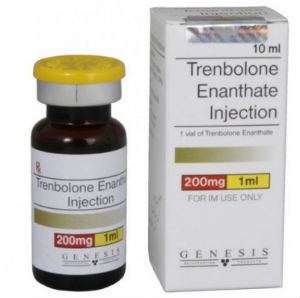Pregnancy
category X ATC code none CAS ID 10161-33-8 Biological half-life 48–72 hours Excretion Urinary | Routes of
administration Intramuscular Molar mass 270.37 g/mol Formula C18H22O2 Bioavailability 100% (intramuscular) | |
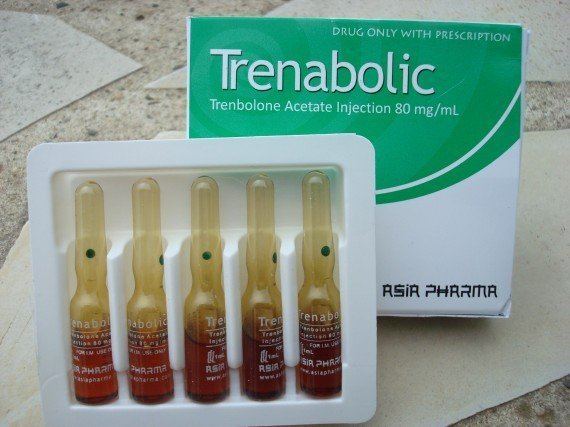 | ||
AHFS/Drugs.com International Drug Names Legal status CA: Schedule IV
US: Schedule III Synonyms Trienolone; RU-2341;17β Hydroxyestra-4 ,9,11-trien-3-one | ||
Trenbolone (INN, BAN), also known as trienolone or trienbolone, as well as 19-nor-δ9,11-testosterone, Δ9,11-nandrolone, or estra-4,9,11-trien-17β-ol-3-one, is an anabolic-androgenic steroid (AAS) of the 19-nortestosterone group. It is used in veterinary medicine in livestock to increase muscle growth and appetite. Trenbolone is used in the form of ester prodrugs, including trenbolone acetate (brand names Revalor (in combination with estradiol), Finaplix, Finajet) and trenbolone hexahydrobenzylcarbonate (Parabolan, Hexabolan). Although it is not available as a prescription medication for humans, trenbolone enanthate (RU-1697) is sometimes sold under the nickname Trenabol.
Contents
- Veterinary use
- Mechanism of action
- Pharmacokinetics
- Pharmacodynamics
- Chemistry
- Society and culture
- References
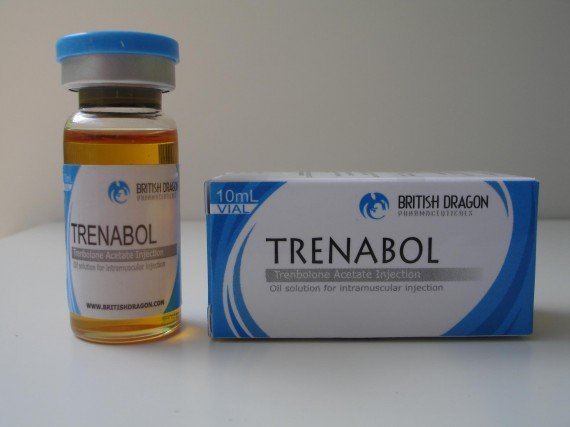
Veterinary use
Trenbolone improves muscle mass, feed efficiency, and mineral absorption in cattle.
Mechanism of action
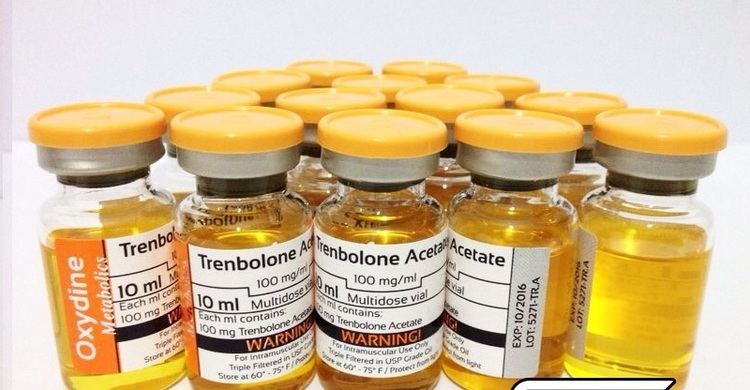
It has both anabolic and androgenic effects. Once metabolized, the drugs have the effect of increasing ammonium ion uptake by muscles, leading to an increase in the rate of protein synthesis. It may also have the secondary effects of stimulating appetite and decreasing the rate of catabolism, as all anabolic steroids are believed to; however, catabolism likely increases significantly once the steroid is no longer taken. At least one study in rats has shown trenbolone to cause gene expression of the androgen receptor at least as potent as DHT. This evidence tends to indicate trenbolone can cause an increase in male secondary sex characteristics without the need to convert to dihydrotestosterone.
Pharmacokinetics
To increase its effective half-life, trenbolone is administered as a prodrug as an ester conjugate such as trenbolone acetate, trenbolone enanthate, or trenbolone hexahydrobenzylcarbonate (Parabolan). Plasma lipases then cleave the ester group in the bloodstream leaving free trenbolone.
Trenbolone compounds have a binding affinity for the androgen receptor five times as high as that of testosterone.
Trenbolone also binds with high affinity to the progesterone receptor, Trenbolone binds to the glucocorticoid receptor as well.
Pharmacodynamics
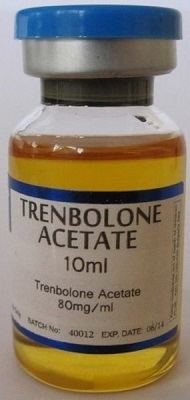
Studies on metabolism are mixed, with some studies showing that it is metabolized by aromatase or 5α-reductase into estrogenic compounds such as estradiol, or into dihydrotestosterone, respectively.
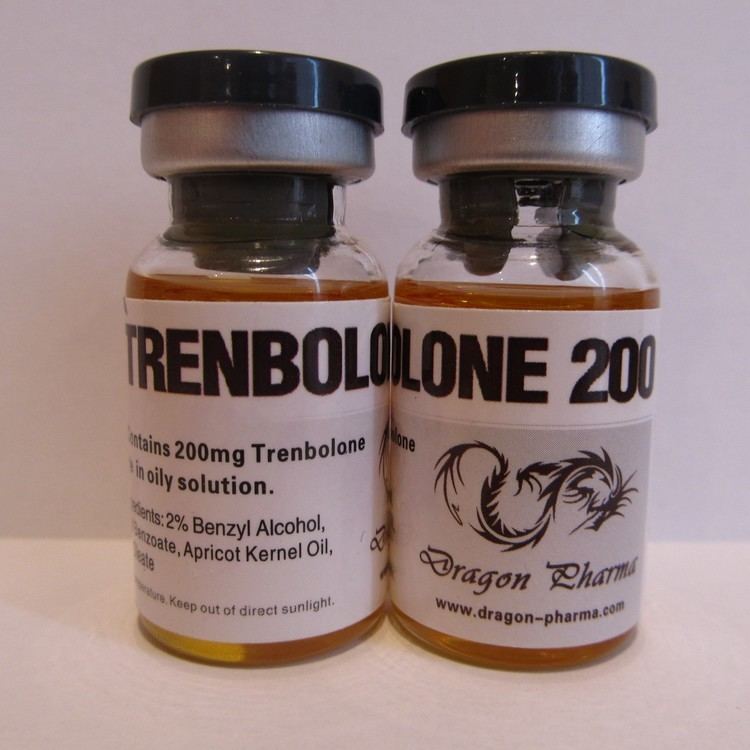
Trenbolone and 17-epitrenbolone are both excreted in urine as conjugates that can be hydrolyzed with beta-glucuronidase. This implies that trenbolone leaves the body as beta-glucuronides or sulfates.
Chemistry
Trenbolone is an estrane (C18) steroid and is also known by the chemical name estra-4,9,11-trien-17β-ol-3-one.
Society and culture
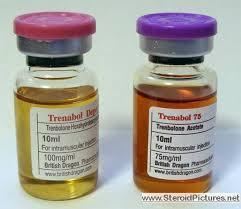
Some bodybuilders and athletes use trenbolone for its muscle-building and otherwise performance-enhancing effects. Such use is illegal in the United States and many other countries. The DEA classifies trenbolone as a Schedule III controlled substance under the Controlled Substances Act. Trenbolone is classified as a Schedule 4 drug in Canada and a class C drug with no penalty for personal use or possession in the United Kingdom. Use or possession of steroids without a prescription is a crime in Australia. The infamous "duchess" cocktail administered to Russian athletes at the Sochi Winter Olympics consisted of Oxandrolone, Methenolone and Trenbolone.
